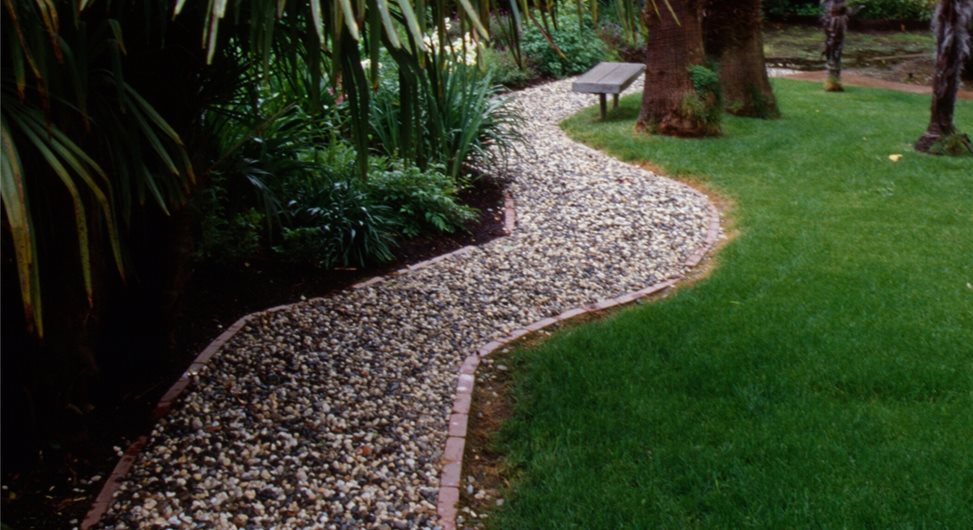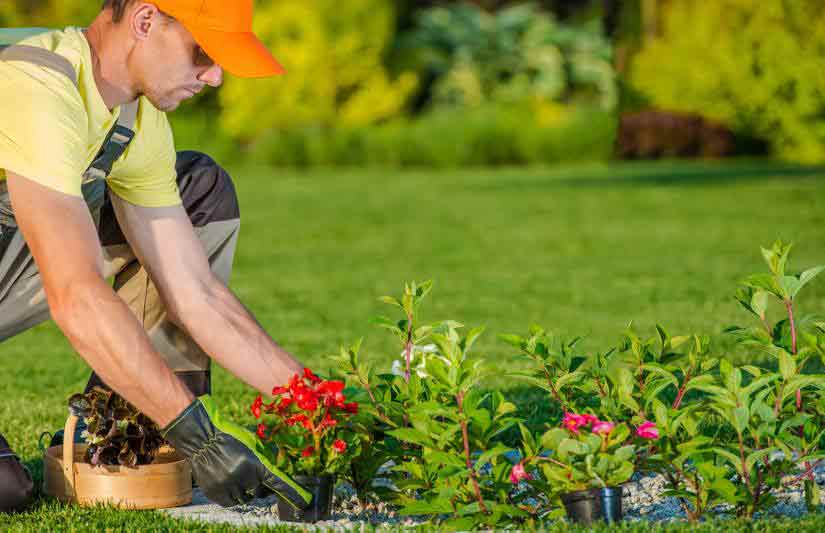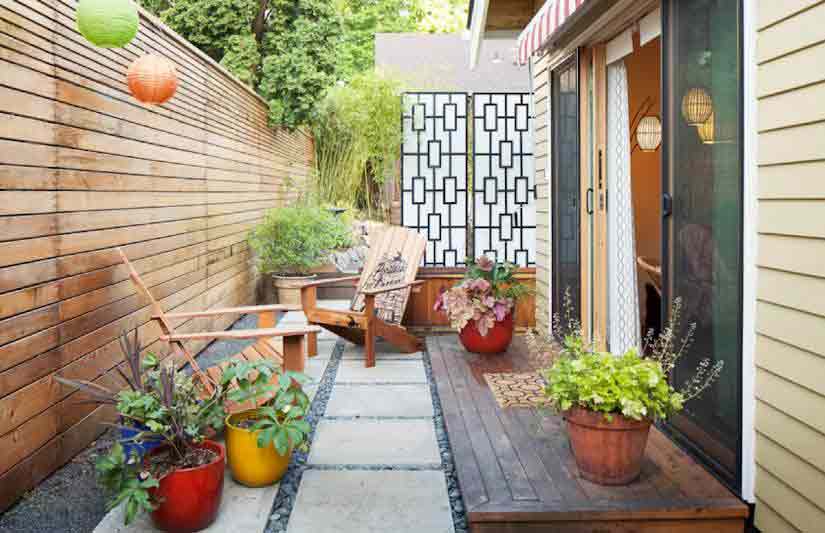Why Switching To Organic Landscaping Is Augmenting New South Wales’s Gardens
Throughout New South Wales there will be gardens of all shapes and sizes, with some having been created by professional landscape design companies and others which were not. For those designed and created by a landscaping company, there will doubtless be an array of plants and fixed features that make each landscaped garden in New South Wales unique.
What will also differ from garden to garden is whether or not the homeowners who own each garden have switched to using organic techniques and supplies. Building a landscaped garden with organic principles at the core can make it more visually appealing, healthier, and most importantly, sustainable over the longer term. If organic landscaping is something you would like to learn more about, please keep reading.
Organic Landscape Gardening Supplies
It is impossible to outline each organic gardening product, however, what we can do is highlight some of the key benefits of using natural supplies versus manufactured or synthetic ones. The first is that 100% natural products will always provide maximum benefit as their purity integrates perfectly with the plants growing in your landscaped garden.
In addition, given the huge array of different organic supplies that are available, it gives you maximum choice as to what to use in your garden. Finally, organic supplies normally come from renewable resources meaning you are helping to maintain the environment.
Healthier Soil
As the plants in your landscaped garden rely heavily on the soil they are in for their well-being, the healthier that soil is, the better. This is where having an organic garden helps enormously as the organic products you use to maintain your soil provide it with everything it needs to stay healthy.
First, the soil’s structure will be enhanced which will help with the plants’ root penetration and thus facilitate better nutrition and the plants’ ability to absorb moisture. If you use organic fertiliser you take this to an even better level as your garden’s plants are more readily able to absorb those nutrients. Healthier soil will also have a higher quantity of microbes which help to aerate that soil which further boosts nutrition.
Details








